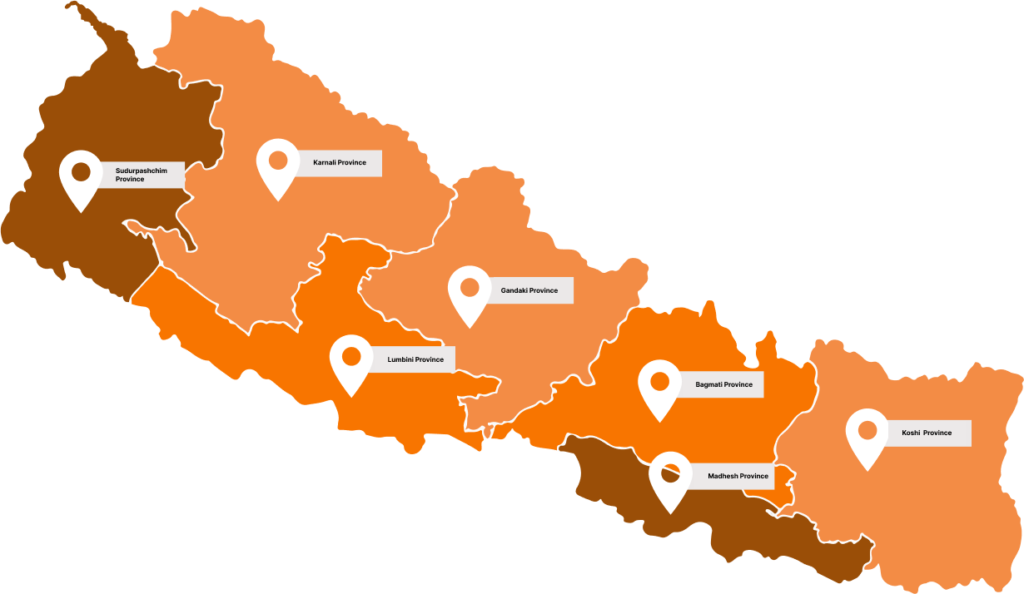Through our innovative, customer centric approach we aim to empower our clients to manage risks and protect themselves against unforeseen events such as illness, accidents, and natural disasters. We aim to protect our clients through affordable and accessible insurance solutions promoting financial inclusion and security.

Our Vision
Our Mission
Our Goal
Find our Branches

Frequently Asked Questions
Micro insurance is specifically intended for the protection of low -income people, with affordable insurance products to help them cope with and recover from financial losses. It is impossible to avoid the need for insurance for the less fortunate because this group of people is more susceptible to numerous risks, ultimately rendering them unable to deal with such uncertain circumstances. Subsequently, the job that miniature protection plays accordingly becomes unavoidable.
The purpose and impact of microinsurance can be significant on individuals and communities. For example, microinsurance can help:
- Improve financial resilience:
By providing coverage for unforeseen events, microinsurance can help individuals and families avoid financial hardship and maintain financial stability. - Increase access to health care:
Health insurance can allow individuals to access medical services they may not be able to afford. - Reducing vulnerability to disasters:
Insurance against natural disasters like floods, earthquakes, and droughts can help communities recover more quickly and reduce the impact of these. - Facilitating access to credit:
Microinsurance can help reduce the risk of lending to low-income people, which in turn can help them access credit and other financial services.
Being a Micro Insurance, we mainly are mainly focused on subsidized products. The list of portfolios currently managed by us are:
- Motor
- Agriculture
- Property
Microinsurance differs from traditional insurance in many ways, but the most notable are the market segments it serves, the product features it offers, and the distribution channels it uses.
i. Target market:
Microinsurance aims to meet the needs of low-income and economically vulnerable groups, such as farmers, informal workers and small business owners, who often lack access to traditional insurance products. Traditional insurance products, on the other hand, are typically aimed at middle- and high-income earners.
ii. Product features:
Microinsurance products tend to be simpler and more affordable than traditional insurance products, with lower limits and premiums. Basic risks such as health, death, disability and property damage are often covered, which are particularly relevant to low-income earners. On the other hand, traditional insurance products offer wider coverage options, higher coverage limits and higher premiums.
iii. Distribution channel:
Microinsurance products are often sold through non-traditional channels such as microfinance institutions, cooperatives and community-based organizations, which tend to reach low-income groups. Traditional insurance products are typically sold through brokers and agents who operate on a commission basis.
In summary, microinsurance is designed to meet the needs of low-income and economically vulnerable people through simple, affordable products distributed through non-traditional channels. Traditional insurance, on the other hand, caters to middle- and high-income earners with more complex and comprehensive products sold through brokers and agents.
